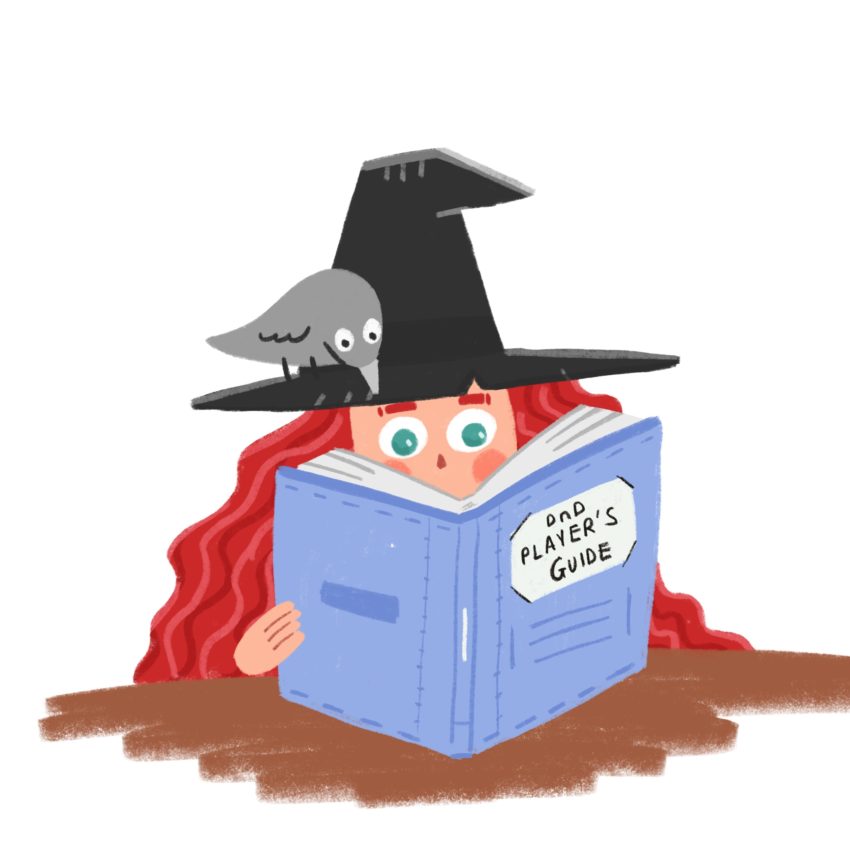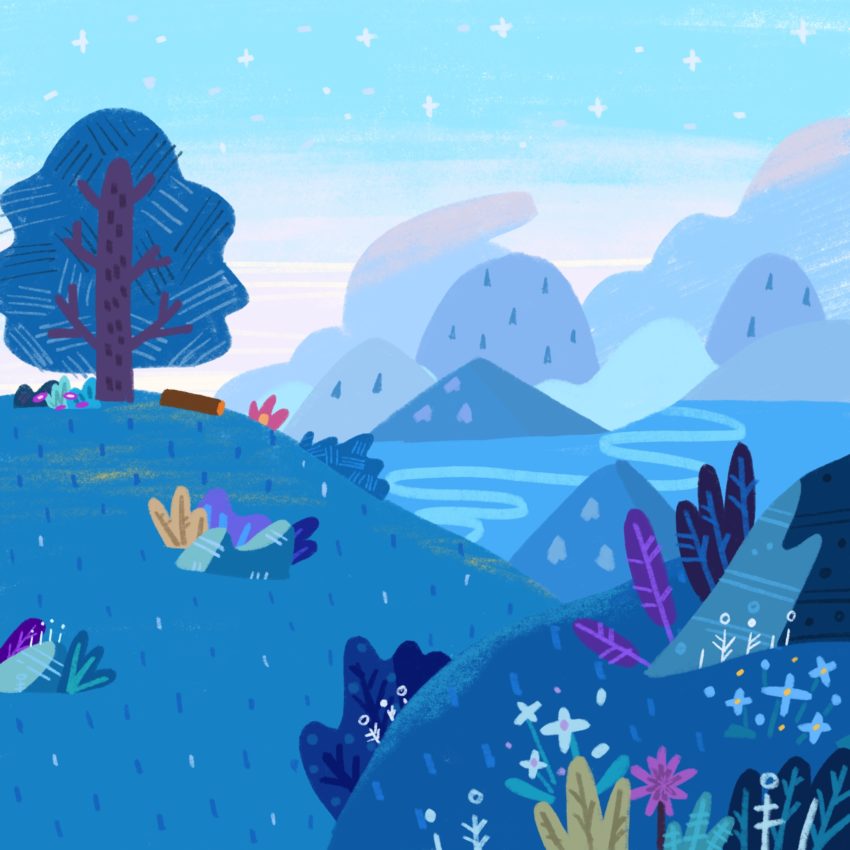
If you were inspired by Stranger Things and have been thinking about your own Dungeons & Dragons campaign, then why not start planning now?
D&D is a tabletop game where you adventure into a fantasy world full of creatures like goblins, tieflings and vampires. It is a game where you and your friends come together to tell a story of heroism and perhaps betrayals along the way. D&D is a great tool to spark your imagination and take a day off reality and your responsibilities.
Follow the Sheaf’s guideline to start off your first campaign as the dungeon master, the omnipotent narrator of the story, and dive into a world of quests.
1. Get familiar with how to play the game.
You must first do a bit of research on how to play the game. It is hard to know all the rules in D&D, but there are basic guidelines online on how to play. Simply search up the basic gameplay rules and Google will show you the right direction.
There is also the D&D Starter Set or Essentials Kit that you can buy on Amazon or your local board game and book stores. The Starter Set will give you everything you need to start a campaign, including a premade story. The Essentials Kit offers the same as the Starter Set and more, including things like 11 dice and a dungeon master’s screen.

If you are planning on making this campaign more than just a one-shot, meaning more than one session, it is a good idea to invest in the D&D Player’s Handbook and the Dungeon Master’s Guide. These two books contain all the rules you will need to start your campaign from scratch.
2. If you want to start from scratch, start with thinking of the storyline.
There are many ways an adventure can go. You will need to think about what the premise of the story will be. Ask yourself, what is the main plotline of your story?
This gives your story a main plotline that your players can follow. The plotline can be about freeing a land set back in time or maybe the plotline is finding a long lost princess and daughter of the king your players serve. Once you have decided, you can create side quests that may or may not be integral to the story.
This step is the same for one-shot campaigns, too.
3. Think of a great opening scene.
Set. The. Tone.
Your opening scene will tell your players what the story will be. If your story has more of a haunted flare to it, use creepy music as the background to your narration. If it is more thrilling, like a war or a conflict, use some battle music.

The opening scene must end on an open-ended note as well. You don’t want to give your players every detail right at the beginning, but you want to make sure that they know what they are dealing with. If there are dragons involved, add that in your opening narration. If the story is more about the gods and goddesses of the realm you’ve built, then add that too.
Lastly, be descriptive. The more adjectives, sounds and table pieces you use, the better. It will enhance your storytelling tenfold.
4. Spend time as a group making characters if you are all new players.
It is important to build a dynamic right away with your players, and the best way to do that is by creating your characters together. Part of D&D is collaboration and thinking of innovative ways to play. The more involved you and your players are with the characters you make, the more connected everyone will feel while playing.
After making your characters together, it is good to try them out by doing battle gameplay. Battles are essential in adventures in D&D. However, they can be confusing to follow. To spend less time in-game trying to understand the battle rules, you as the dungeon master must try it out with your players, especially if they are new, before you even start playing.
5. The objective is to have fun.
You have a story, you have players and they have made their characters. All that is left to do now is play. Remember that D&D, first and foremost, is a game meant to be enjoyed, which makes having fun a priority. So have fun with it and roll with the punches. The beauty of the game is that you never know what can happen.
After all, your luck depends on the roll of a 20-sided die.
—
JC Balicanta Narag | Editor-in-Chief
Graphics: Anh Phan | Graphics Editor